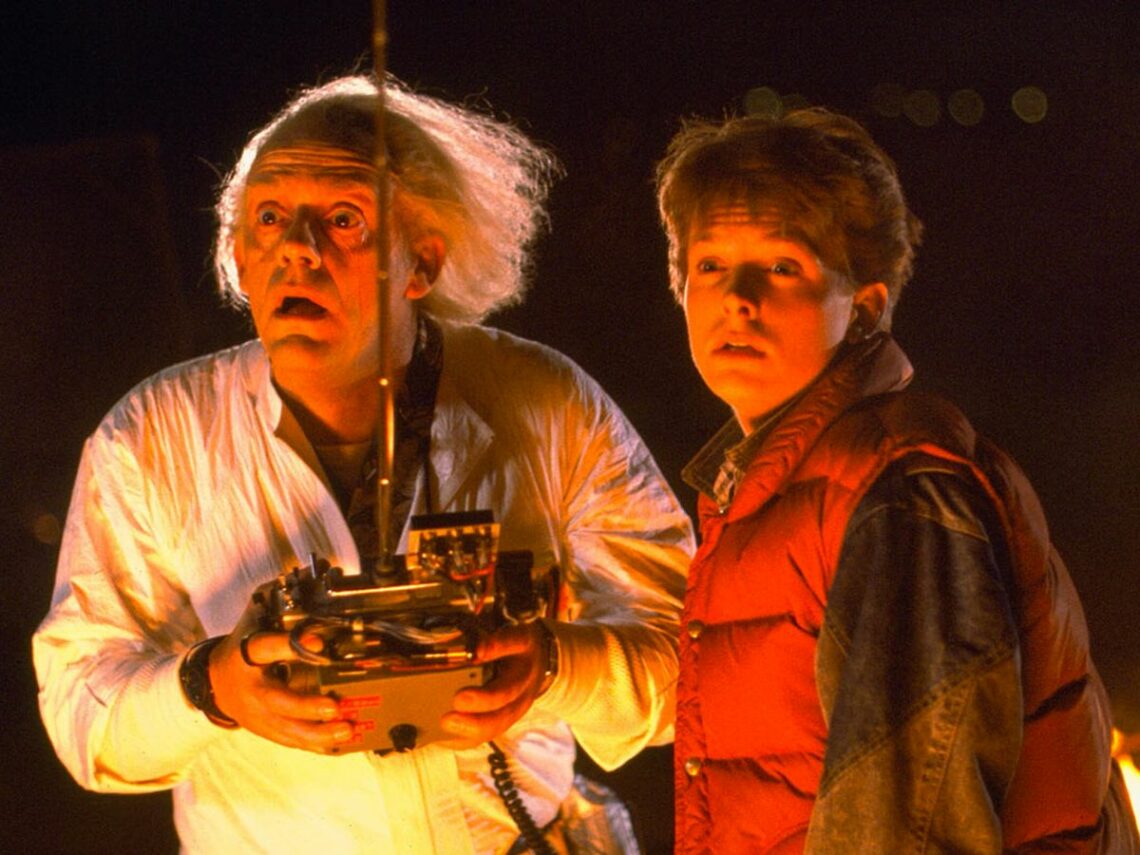
Why ‘Back to the Future’ was always destined to be a success, according to Robert Zemeckis
It’s 1985, and you’re headed to the cinema. You settle comfortably into the plush seats, grab a handful of popcorn, and watch as the Universal logo flickers onto the screen. The moment the film starts, your popcorn might remain untouched for the next two hours as Robert Zemeckis sweeps you away into the world of Marty McFly, into the adventure that is Back to the Future. And now it’s on Netflix.
Between time-travelling DeLoreans and deep-sea dances, the movie enchants for every second of its runtime, even 40 years later. It was a mammoth success upon release, taking in hundreds of millions at the box office and captivating critics and audiences alike. It’s only amassed acclaim since then, becoming one of the most iconic sci-fi works of all time.
The film inspired sequels, Halloween costumes, and even McFly’s band name, but why was it so successful? Perhaps the best person to pose that question to is Zemeckis himself, who seems to have a fairly solid answer. Assessing the success of Back to the Future during a conversation with the Directors Guild of America, Zemeckis put it down to an unbelievably concise screenplay. “It was just so tight,” he explained, “the kind of thing that I love.”
“Everything is set up. Everything is paid off,” the director surmised. From the moment the movie begins, showing us Doc Brown’s countless clocks and Marty’s pink skateboard, the plot is set in motion. Every line is created with the intent to tell us something about the character who delivers it or with the intent to push the plot forward.
Zemeckis and Bob Gale refuse to waste any time in their writing, prioritising plot progression at every moment. While there is a growing appreciation for films that take things a little slower, pictures that dawdle and dwell on meaningless conversations in a slice of lifestyle, Back to the Future remains proof that plot is king.
It’s this pace that allowed the film to reach the heights it did, entertaining audiences in their masses for generations. According to Zemeckis himself, there is only one scene that “isn’t propelling either plot or character” – the iconic moment that Michael J. Fox picks up a guitar and joins Marvin Berry and the Starlighters on-stage.
In a brief moment away from the primary plot, we watch Marty perform Chuck Berry’s ‘Johnny B. Goode’ for a room full of high school students three years before the song was released. When he gets a little too into a guitar solo, knocking amps and knee-sliding as he goes, the crowd are stunned. “I guess you guys aren’t ready for that yet,” he quips, “But your kids are gonna love it.”
While this outlying scene might not propel the plot or character, according to Zemeckis, it takes nothing away from the movie. It’s a fun joke about time travel that is entertaining and quotable. It also could be said to add to Marty’s character, showing his guitar-playing prowess and adding to his personality.
Over four decades on from its first release, Zemeckis’ iconic sci-fi remains just as entertaining and endearing as it was in 1985. While this could be attributed to flying cars and flashy effects, it’s really because of how concise and strong the screenplay is. It’s consistently driving the film, meaning there’s never a dull moment throughout the two-hour runtime.
Revisit the trailer for Back to the Future below.